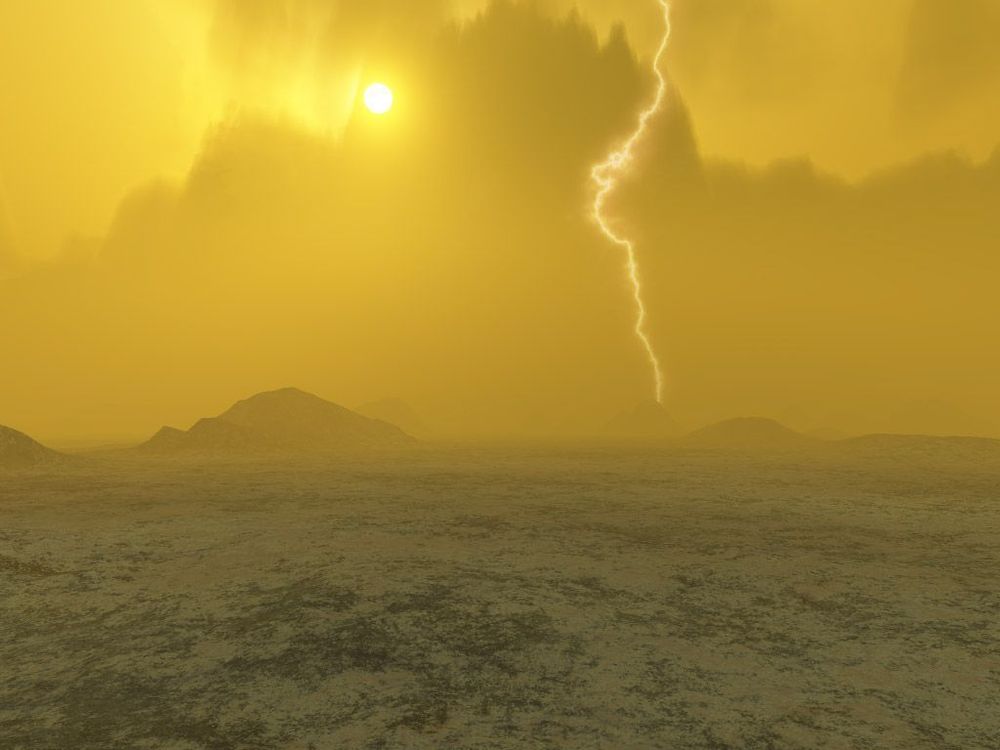13.8000000000 years ago, a speck of energy burst into life. We call it the big bang space and time pushed out in all directions ever since our universe has expanded. But the way it’s expanding makes finding an edge a major challenge. Universe is expanding and expands, according to a very simple law that the farther way the galaxy is from us. the faster it appears to be receding away from us. The furthest galaxies are moving at very high speeds. the most distant galaxy we’ve ever spotted. GNC Eleven seems to have moved 32000000000 light years away from us in just 13.4000000000 years that’s faster than the speed of light. We can measure the speed with which galaxies are moving away from us and many galaxies are moving away from us at speeds faster than the speed of light. This sounds like it’s breaking the law right. There’s this idea that you’ve all been told that Relativity says nothing goes faster than the speed of light. Okay you’ve been lied to. Space itself can do it once it makes the rules it can break the rules that rule applies to matter not the space itself. space can expand at whatever it wants simple way to think of this expansion law is imagine standing on an infinite rubber sheet that stretches all the way out into the distance and you’re standing on the same place. you can mark it with a little X now all the sheet expands in every direction so it expands. Two another galaxy that will say one foot away from you is now two feet away from you as we stretch the sheet, but another galaxy was ten feet away from you expand that by a factor of two and now it’s twenty feet away from you. So in the same amount of time, one galaxy move one foot where another galaxy moved ten feet. so the more stuff there is the more elastic between you and another galaxy the more it seems to expand away from you. Expansion means our observable universe stretches for a colossal 46000000000 light years in all directions 92000000000 light years across. Getting bigger by the second. This number is so incomprehensible large that it’s difficult to wrap your brain around. there are trillions of galaxies within this volume. It’s staggering. It’s so much larger than anything we’re familiar with.
Category: alien life – Page 115
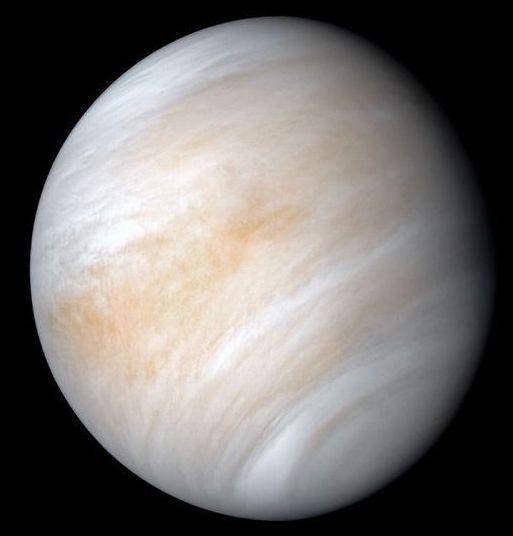
Rocket Lab’s plan to search for life on Venus in 2023 just got more exciting
The California-based company aims to launch a private Venus mission in 2023 to hunt for signs of life in the clouds where scientists just spotted the possible biosignature gas phosphine. But that landmark effort will be just the beginning, if all goes according to plan.
Rocket Lab’s life-hunting Venus mission in 2023 will be just the beginning, if all goes according to the company’s plan.
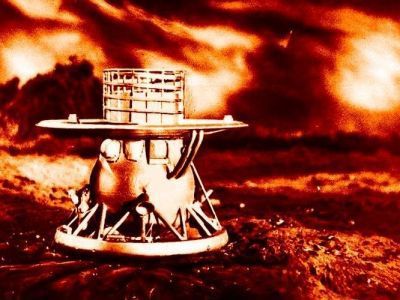
Proofs of life on Venus can be obtained only through contact explorations
Discovering chemical substances as possible chemical markers of life existence in Venus’s atmosphere via remote astronomical observations cannot be considered objective evidence of life existence on the planet, says Roscosmos Executive Director for Science and Advanced Programs Alexander Bloshenko. ‘Credible scientific data on that matter can be obtained only via contact explorations of the planet’s surface and atmosphere,’ he added.
Notably, the USSR was the only country to conduct regular explorations of Venus using on-planet stations. The first ever soft landing on another planet’s surface in the Solar system was performed in 1970 by the Venera-7 descent module. Several orbital missions and landings provided detailed data on the Venerian climate, soil and atmosphere composition. The Soviet Venera-13 spacecraft still holds the record as the longest active spacecraft on Venus remaining operational for 127 minutes.
A huge breakaway of the Soviet Union from its competitors in exploration of Venus contributed to the fact that USA called Venus a ‘Soviet planet’. Having recently analyzed the pictures of Venus captured by Soviet missions, scientists of the Russian Academy of Sciences claimed they discovered moving objects and even might be living. And it remains to be seen, whether these guesses are true.
Today, a program of complex exploration of Venus has been developed by Roscosmos in cooperation with the Russian Academy of Sciences. The program consists of several missions. Moreover, a decision was taken to implement the previously planned Venera-D mission including orbital and landing modules, as a national project without involving wide international cooperation. The complex explorations will also include soil and atmosphere samples, as well as exploring evolution processes on Venus that has purportedly suffered a climatic disaster connected with greenhouse effect that is much discussed on Earth today.
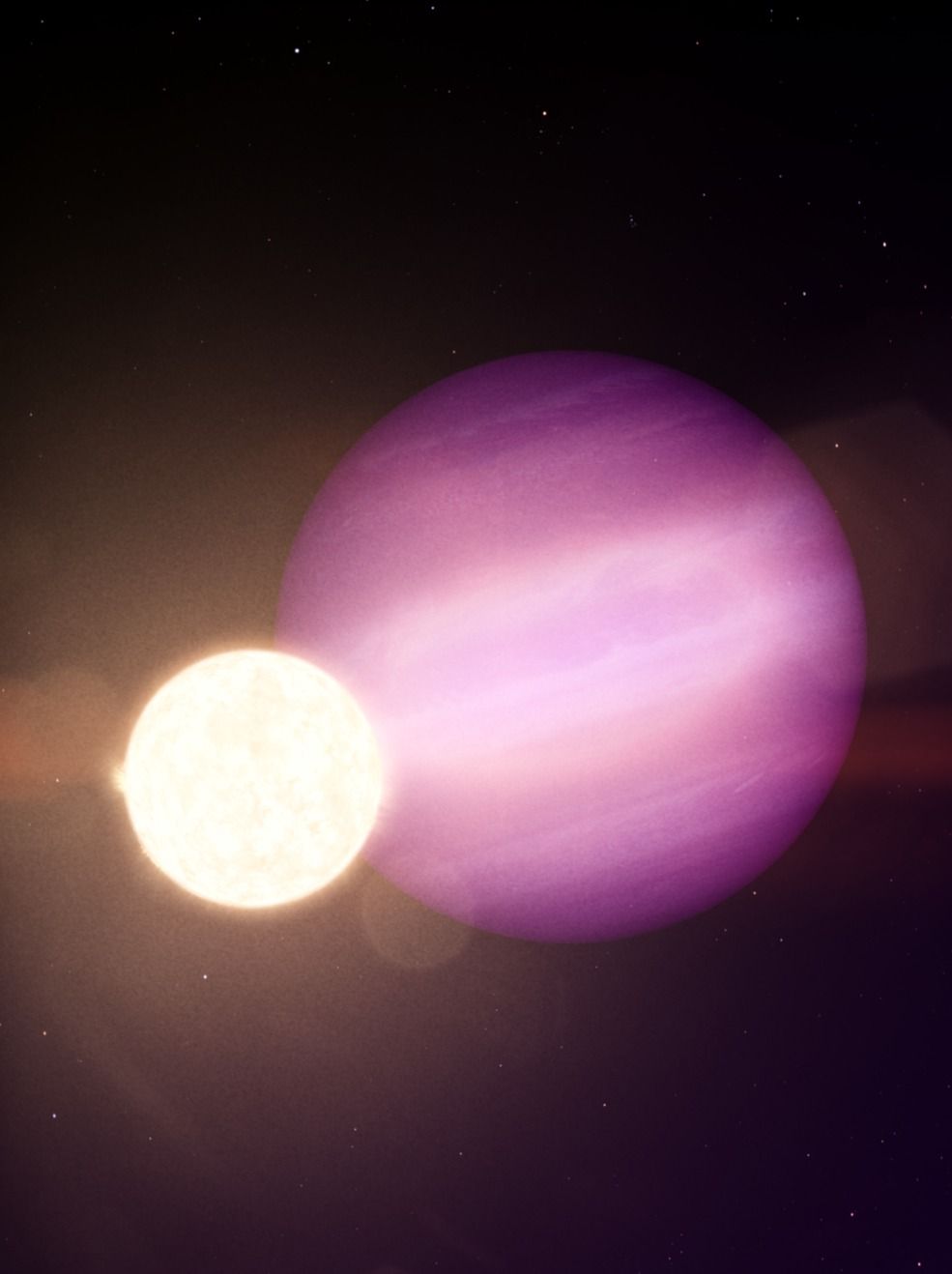
Can Life Outlive Its Host Star? NASA’s Webb Telescope Will Find Out
With today’s news of the first-ever detection of an intact planet closely orbiting a stellar white dwarf, a team led by two Cornell University astronomers has also shown that NASA’s forthcoming James Webb Space Telescope (JWST) would be capable of detecting biosignatures from earth-sized planets orbiting such dying stars.
As reported in the journal Nature, the white dwarf in question —- WD 1856+534 —- is now thought to harbor a Jupiter-size object orbiting this dying stellar core on an insanely short orbit of only 34 hours. But even before today’s announcement, Cornell astronomers were testing their idea that the Webb telescope might also be able to detect earth-sized objects within the same system.
In separate research submitted to The Astrophysical Journal Letters, Cornell University astronomers Lisa Kaltenegger and Ryan MacDonald and the paper’s 1st co-authors, lay out their case for using the Webb telescope to look for very short transits of such rocky worlds as they pass in front of the these white dwarfs. They used WD 1856+534, which is only 40 percent larger than Earth and lies only 80 lights years away in the constellation of Draco, as their test case.

Carl Sagan predicted life on Venus in 1967. We may be close to proving him right
Millions of space nerds reacted with joy Monday to a study showing the atmosphere of Venus contains phosphine, a chemical byproduct of biological life. But none would have been more thrilled or less surprised by the discovery than the late, great Carl Sagan — who said this day might come more than 50 years ago.
Now best remembered as the presenter of the most-viewed-ever PBS series Cosmos, the author of the book behind the movie Contact, and the guy who put gold disks of Earth music on NASA’s Voyager missions, Sagan actually got his start studying our closest two planets. He became an astronomer after being inspired as a kid by Edgar Rice Burroughs’ space fantasies, set on Mars and Venus.
‘Cosmos’ presenter Carl Sagan was one of the world’s top experts on Venus, and he saw first what scientists have just announced: possible life on Venus.
Life Possibly Found on Venus | The State of Science
This week, astronomers have detected phosphine on Venus- an element that is often associated with living processes here on Earth. As such, in this video, we will talk about how strong of evidence this is for life on Venus and what this means for humanity.
Discord Link: https://discord.gg/brYJDEr
Patreon link: https://www.patreon.com/TheFuturistTom
Please follow our instagram at: https://www.instagram.com/the_futurist_tom
For business inquires, please contact [email protected]
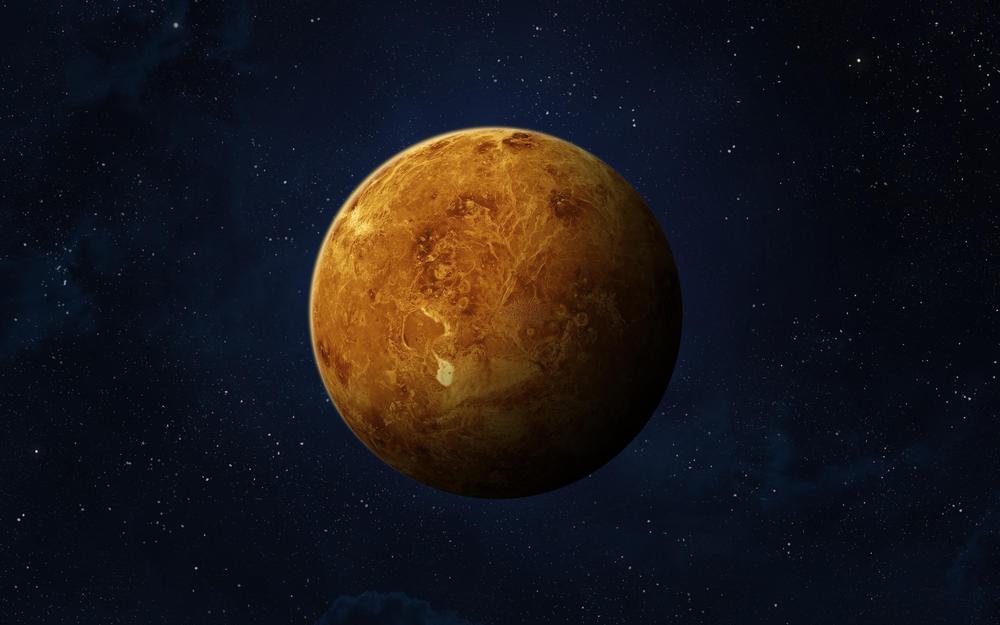
Possible signs of alien life discovered on Venus
Independent Premium Comments can be posted by members of our membership scheme, Independent Premium. It allows our most engaged readers to debate the big issues, share their own experiences, discuss real-world solutions, and more. Our journalists will try to respond by joining the threads when they can to create a true meeting of independent Premium. The most insightful comments on all subjects will be published daily in dedicated articles. You can also choose to be emailed when someone replies to your comment.
The existing Open Comments threads will continue to exist for those who do not subscribe to Independent Premium. Due to the sheer scale of this comment community, we are not able to give each post the same level of attention, but we have preserved this area in the interests of open debate. Please continue to respect all commenters and create constructive debates.
Discovery of noxious gas on Venus could be a sign of life
Astronomers have detected a stinky gas on Venus called phosphine, and weirdly enough, it could be a sign of alien life in the planet’s clouds. It’s still too early to say for sure that Venus hosts life forms, but the discovery opens up a lot of questions about what’s happening on Earth’s neighbor.
